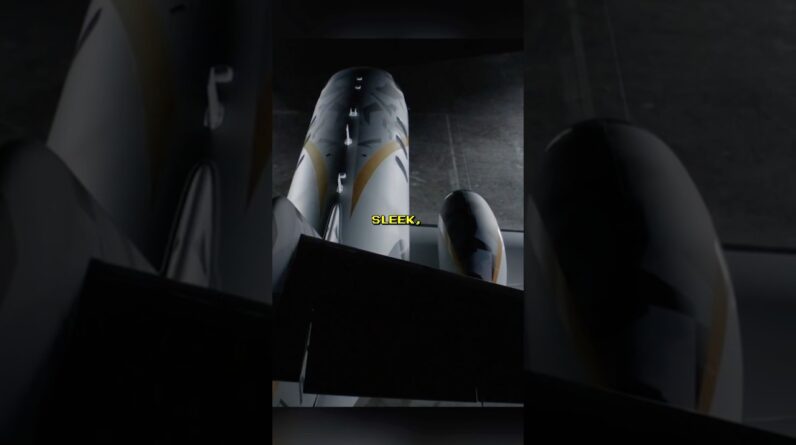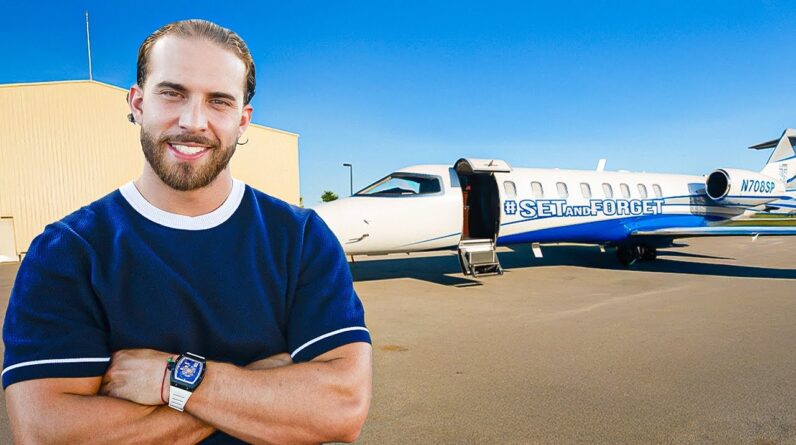
• a turboprop can take off on shorter runways
• a turboprop can often land on grass
• it consumes at least 40% less fuel
• it is therefore more ecological
• it resists the shock of birds much better
• it is safer on take off, as it can stop faster
Whether you need to buy a private jet or resort to private flights, it is best to research carefully to understand whether it would be more cost effective for your needs to use a turboprop. While a jet has some advantages over a turboprop, the latter has a whole host of advantages over a private jet, whether it’s private flights or purchase.
The advantages of the turboprop superior to those of the private jet
First of all, a turboprop can land and take off on a runway or even on unpaved terrain, while a private jet, with the exception of a Pilatus PC 24, needs a very good paved runway. What’s more, a turboprop needs a shorter runway to take off, around 2,500 feet feet or 760 m, compared to double for a light jet. To overcome an obstacle of 50 feet or 17 m on take-off, a turboprop needs only 792 m of runway, which gives him access to many smaller airports, often much closer to his destination.
It can land on grass, or even gravel, whereas gravel or dirt damages the jets. It is very effective at low altitudes and also at speeds below 400 mph or 600 km/h. even at a speed comparable to that of a light jet, they use about 40% less fuel. This leads to smaller planes on shorter, slower routes because they don’t have to climb or fly fast to get there in a reasonable amount of time. The wing of a jet requires a faster landing speed than that of propeller planes. Jet engines are also incredibly expensive. A Rolls Royce jet engine costs 20 million euros.
In summary:
Turboprop characteristics
• Efficient at low speed: max Mach 0.6 = 744.4 km / h, low altitude
• Low thrust
• Consume less at low altitude, compared to a jet
Jet characteristics
• Efficient at high speed: Mach 0.8 = 979.2 km / h, high altitude
• High thrust.
• Consumes more at low altitude than at high altitude
A turboprop offers more safety
This is because the propeller offers more air resistance making it easier to stop, for example if something goes wrong during take off, when the plane is launched at high speed. Needing a shorter distance to take off, a turboprop has more room to stop in the event of a serious problem. In addition, the jets suck in birds, which can result in an engine failure that is always dangerous. However, if a bird hits a propeller, it will be shattered into pieces without damaging either the propeller or the engine.
Comparison between a turboprop and a light jet with the same capacity, the Cirrus Vision and the Daher TBM 940
cruising speed: 290 Mph for the Daher TBM 940 and 280 Mph for the Cirrus Vision
cruising altitude: 31,000 feet for both
load capacity: identical, 1400 lbs
fuel consumption: 55 gal or 204 l per hour for the Daher TBM 940 and 80 gal or 297 l per hour for the Cirrus Vision
maintenance cost: $ 300 per hour for the Daher and $ 350 per hour for the Cirrus Vision
operational cost: $ 500 per hour for the Daher and $ 670 per hour for the Cirrus Vision
annual cost: $ 200,000 for the Daher and $ 260,000 for the Cirrus Vision
purchase price: $ 4.5 million for the Daher and $ 2.7 million for the Cirrus Vision.
The post The many advantages of the turboprop over the light jet first appeared on Private jets blog.





